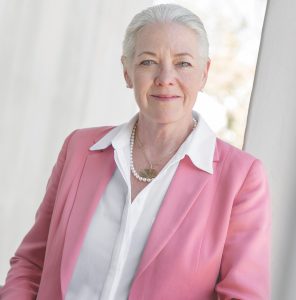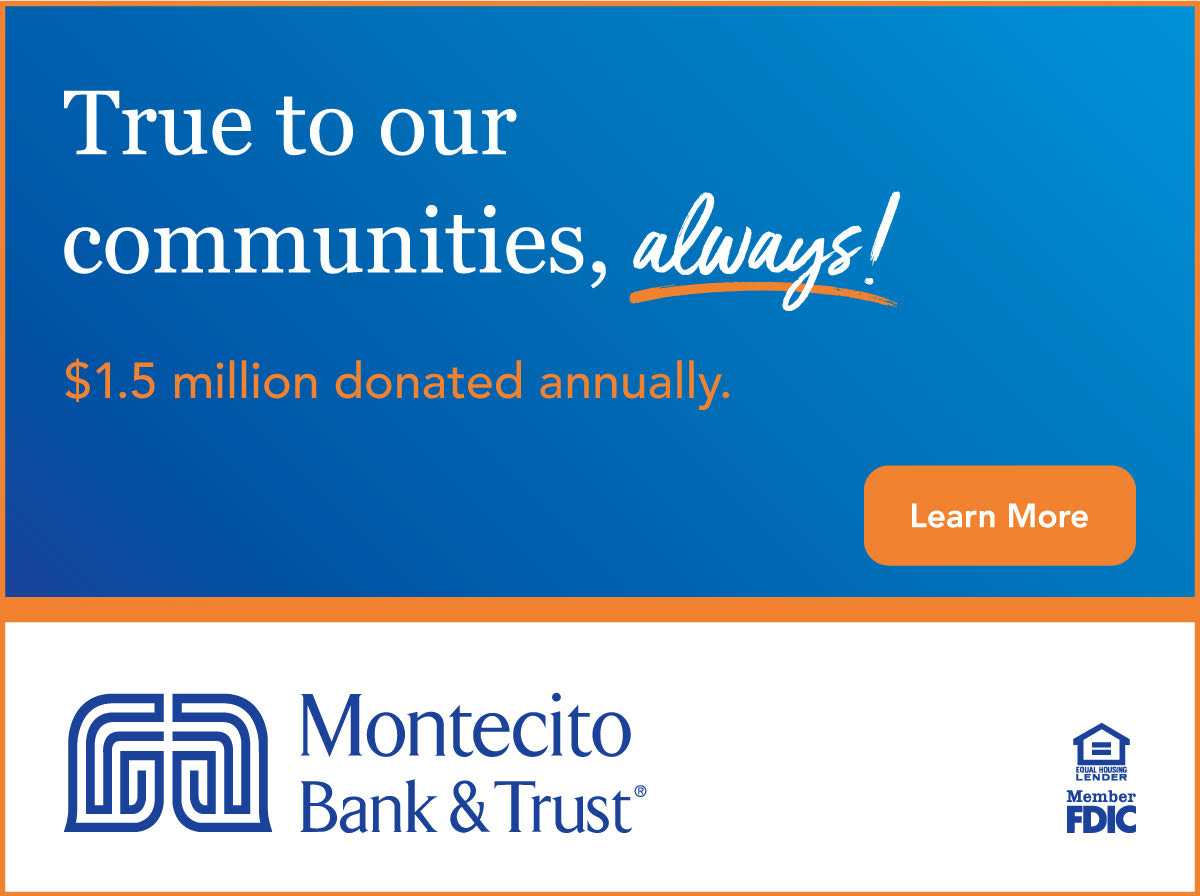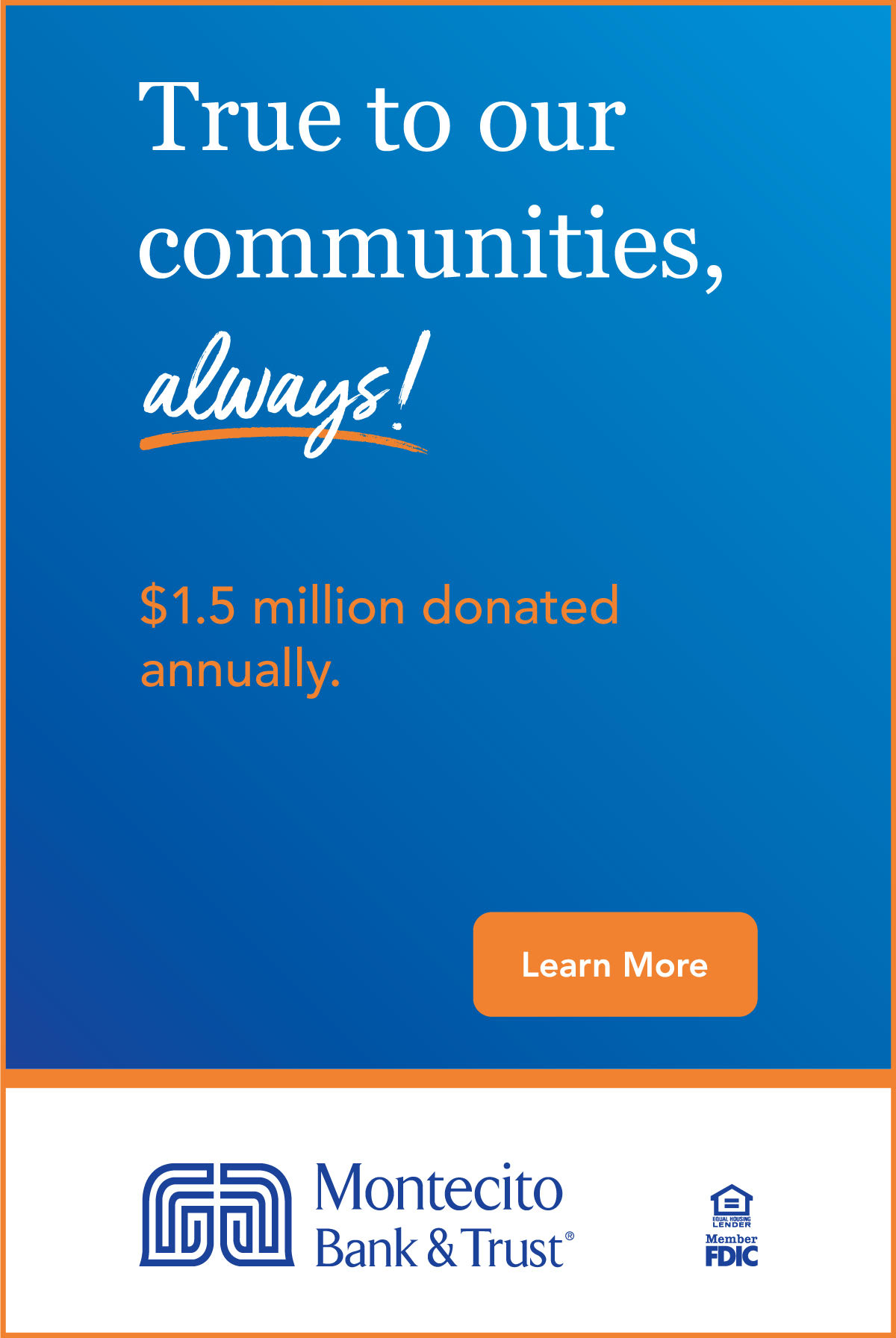Children’s Grief Requires Special and Individualized Care

Hospice of Santa Barbara Provides Support, Insights, and Tips to Help Children Cope After Loss
Eight-year-old Sam started going to Hospice of Santa Barbara (HSB) about a year after his mom had died. He had a close, warm bond with his mom, yet he did not cry much after the first few days. Sam had started becoming very upset when his dad and sister expressed sadness about missing mom. He had also become anxious and resistant to going to school in the morning when he had previously liked school. His dad was unsure how to help, so he called HSB. With his counselor, Sam was able to begin expressing feelings about losing his mom, share memories, and nurture a sense of continued connection with his mom’s love. His counselor facilitated father-child sessions, and after a while, Sam began turning toward his dad for comfort and connection, and had more openness to talking about his mom. In time Sam was experiencing more ease in himself, with his family, and in school.
Hospice of Santa Barbara (HSB) understands the complicated and sensitive process for helping children cope with the loss of a family member or friend. They are active on local campuses providing professional weekly counseling to elementary through high school age students. HSB on-campus counseling services provide a critical venue for honest communication, support and coping skills reducing the negative coping mechanisms such as drugs, alcohol, and other self-medicating and harmful behavior. Their work with the schools extends to educating teachers and staff on how to deal with students’ questions about traumatic death, such as a peer’s suicide. HSB is poised to respond immediately to any and all of the 65 schools from Carpinteria to Goleta who call on us when a traumatic death occurs within the campus structure.
“Having hospice therapists available to our students during their school day has been so valuable in helping our students to work through some tough times and get back to being a student,” said Athena Sims, La Colina Junior High School Counselor. “Just knowing that their ‘HSB person’ was available and part of their schedule for the week certainly helped our students to focus on the business of learning. Grief counseling is a special skill and, unfortunately, we continue to have new needs for it,” said Sims.
Each year, about 300 children and teens receive HSB services when experiencing the death of a family member, the suicide of a friend, or a disaster that affects an entire community. Often those most in need are the Littles (4-8 year olds) and the Middles (8-12 year olds). Imagine trying to find the words to explain a terminal disease or death itself while anticipating the absence of a loved relative who is central to a child’s sense of safety, home, and family. Licensed counselors help the whole family system, anchoring children to simple concrete answers in order to understand the big changes already happening.
What is Unique About Childhood Grief
Although young children may not understand death, most are aware of it from exposure through cartoons, movies, and video games. However, experiencing the death of a loved one can be especially difficult and traumatic for a child.
Although adult grief and children’s grief can share similarities, it is important to note that due to developmental considerations children’s reactions and duration of grief are different. For instance, adults can sustain a year or more of intense grieving, however children tend to experience grief-related behavior intermittently, and for many years after the loss.
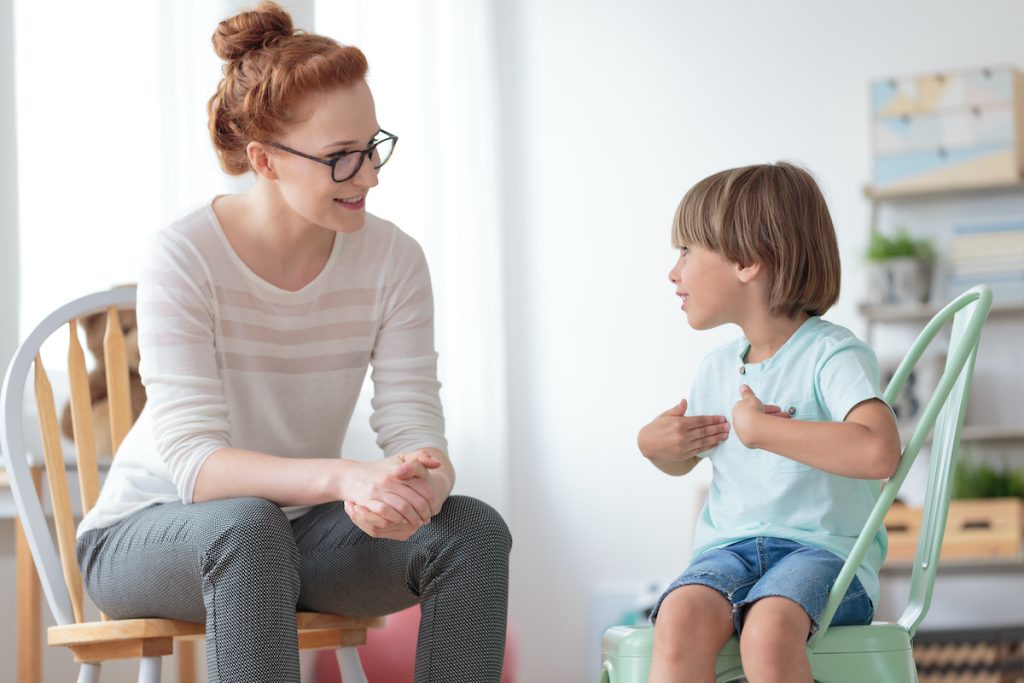
Grief is complicated and it affects each child differently. Common responses to traumatic grief include intrusive memories about death, nightmares, guilt, or self-blame about how the person died. Another type of response a child may have is avoidance and numbing, which is when a child withdraws, acting as if not upset, or avoiding any reminders of the person or the way he or she died. Lastly, a child may exhibit physical or emotional symptoms like irritability, anger, stomachaches, headaches and fears about safety. Worrisome behaviors include a drop in grades, dangerous risk taking, self-destructive behaviors, violent play, use of drugs or alcohol, or a dramatic change in personality.
It is critical to approach children’s grief with patience and with an understanding that a child’s overt behavior will not necessarily reveal his or her internal distress. It is common for children who have experienced a loss to experience the symptoms mentioned earlier, in addition to denial, emotional numbing, confusion, difficulty sleeping, regressive behaviors, and changes in appetite.
Tips to Support a Grieving Child
Encourage a Grieving Child to Express their Feelings
A great way to start a conversation with a child is to read a children’s book together about death and encourage them to express their emotions. Sometimes it is difficult for a child to express their feelings using words and some helpful alternatives are drawing, making a scrapbook, and telling stories.
Be Developmentally Appropriate
It is crucial to offer enough information so that the child can understand, but not so much that it becomes overwhelming. A good starting point is to answer any questions the child may have and be as honest and clear as possible.
Be Direct
Although it might seem safer to use euphemisms such as a loved one “went to sleep,” it can do more harm in the long run. Children interpret things literally and euphemisms can create unnecessary fear and interfere with a child’s ability to learn to develop healthy coping skills. The best approach is to be honest and explain death in a way the child can understand.
Stick to Routines
Having a routine brings comfort to children who are grieving because it provides a sense of predictability and control. While grieving a lost loved one is important, it’s also helpful for a child to realize that life goes on.
Grief is a journey that is unique to each individual, and what works for one child may not work for another. The most valuable thing one can offer to a child who is dealing with grief is a safe space built on love, support, empathy and understanding.
Hospice of Santa Barbara provides professional counseling, support groups, and patient care services free of charge to individuals and families who are grieving the death of a loved one or experiencing the impact of a life-threatening illness. Hospice of Santa Barbara also provides counseling in our offices and on 17 local elementary, junior high, and high school campuses to children and teens who are grieving the loss of a loved one. For more information about Hospice of Santa Barbara, including volunteer opportunities, call (805) 563-8820 or visit www.hospiceofsantabarbara.org.
*Sources: Hospice of Santa Barbara; The National Child Traumatic Stress Network; Bereavement: Reactions, Consequences, and Care; Child Mind Institute
Hospice of Santa Barbara
Donate now!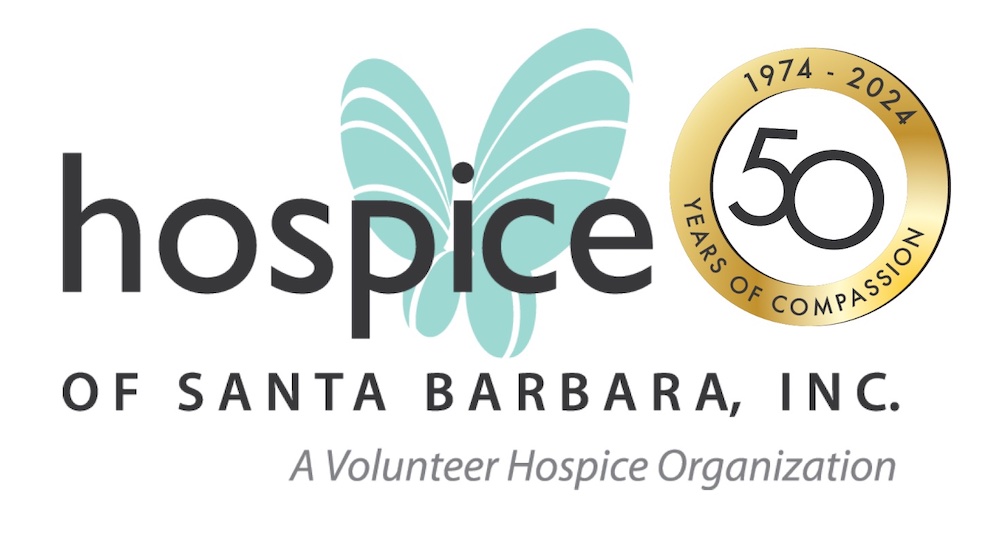
www.hospiceofsb.org
(805) 563-8820
Director of Strategic Advancement: Charles Caldwell
Mission
To care for anyone experiencing the impact of serious illness or grieving the death of a loved one.
Begin to Build a Relationship
We know you care about where your money goes and how it is used. Connect with this organization’s leadership in order to begin to build this important relationship. Your email will be sent directly to this organization’s director of development and/or Executive Director.
Hospice of Santa Barbara is that rare treasure that appears in a person’s life when it is most needed, during the very darkest of times, and offers compassion and care without asking for any compensation. This heart-centered organization represents the highest ideals of humanity and is well deserving of our support.
Your Donations Help Us Provide Free Advance Care Planning
Advance Care Planning is 100% free for anyone who needs it.
If you would like to donate to this effort, here are a few ways you can make an impact:
The one-time cost for training an Advance Care Planning Facilitator is: $500
The cost to underwrite a workshop for up to 30 people is: $2500
Key Supporters
Learn how your organization can be part of the solution, along with sponsor opportunities, for grief support and end-of-life care. Please visit www.hospiceofsb.org or contact Charles Caldwell, Director of Strategic Advancement, ccaldwell@hospiceofsb.org.
